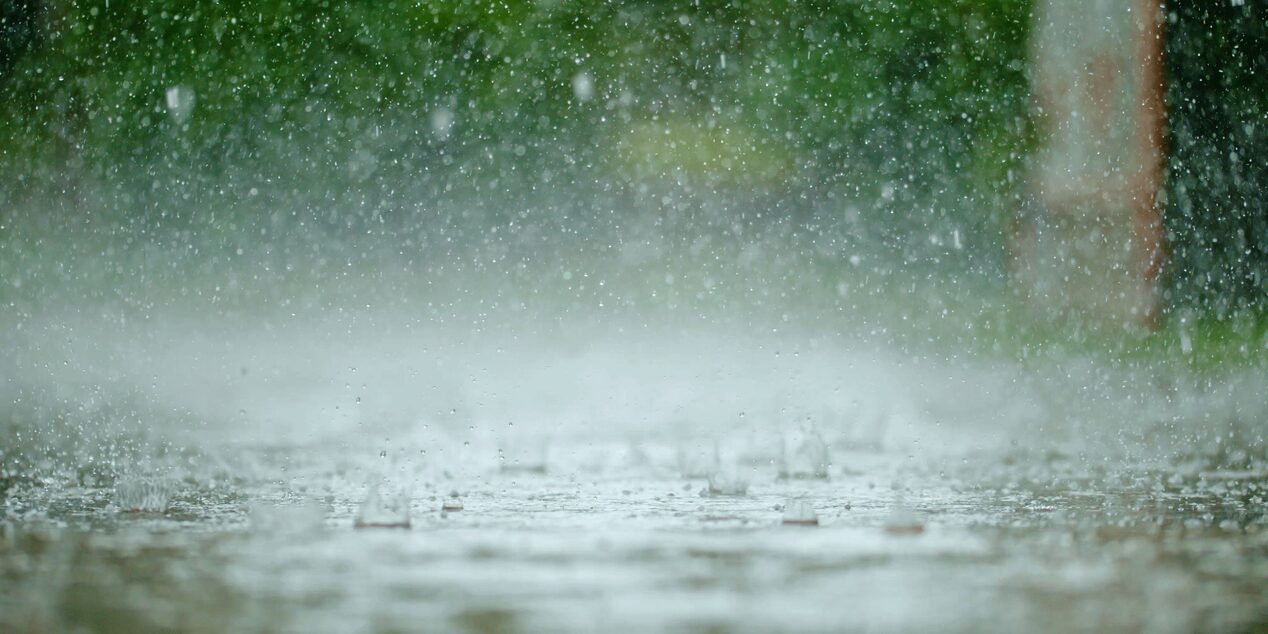Heavy rain and thawing can cause serious flooding. Follow these tips to make sure you’re ready for the worst this flood season
Although floods can strike at any time of the year, they’re especially frequent during the spring and summer months. Fortunately, when severe weather or a natural disaster such as flooding does strike, OnStar is there to help. With OnStar Crisis Assist,
When are floods most common?
“We usually think about spring as a key flood season for our rivers,” says Kate Abshire, hydrologist with the National Weather Service.
In the past year or so, forecasters saw record flooding along the Mississippi River and across much of the central part of the country, with abnormally wet conditions around the upper Midwest. Abshire says some projections for 2020 show an increase in heavy precipitation that would lead to flooding.
What causes flooding and what areas are at risk?
Floods often occur in places where frozen or soggy soil can’t absorb heavy precipitation; in mountainous regions where the ground is steep and water runs off more quickly than it can be absorbed; and in some low-lying areas where rain has nowhere to go. Of course, Abshire adds, places along a river system are also at risk for flooding. According to the U.S. Geological Survey, rivers are already above the flood stage in the southeastern part of the U.S., as well as across the South and Midwest. That includes communities along the Oconee River in middle to lower Georgia, the Roanoke River in North Carolina and the Pearl River in eastern Louisiana.
So far in 2020, a state of emergency has already been declared in Alabama, Mississippi and Oregon due to heavy rainfall. A flood warning was issued for the Snohomish River near Monroe in the state of Washington, and the governor also declared an emergency proclamation in February due to flooding. In Savannah, Tennessee, two houses were destroyed after rain caused a landslide near the banks of the Tennessee River.
Abshire says the National Weather Service is keeping an eye on Houston, which kept breaking its own records with the amount of rain it saw in the last couple years. The agency is also watching other parts of Texas as well as Missouri — not necessarily because of heavy rainfall, but because both states have a lot of low-water crossings. The Dakotas, Minnesota, Wisconsin and Michigan are also areas that have experienced major flooding in the past.
Abshire says it’s not just factors like soil, precipitation and terrain that can cause certain areas to flood, but it also depends on “whether levees have been repaired and infrastructures are in good shape following the flooding from years past.”
How should you prepare for flooding?
“Be aware of your area,” says Abshire. “If you cross a bridge that’s low lying, you should be thinking about alternate safe routes to get around if that bridge were to have water over it or if the river were to start rising.”
Those who live in steeper terrains should have plans to get to higher ground, says Abshire. And of course, she adds, keep an eye on the weather: “Are there flash flood watches being issued or severe storms in the forecast? Are there warnings that the rivers are high?” When there is severe weather, stay close to the radio or TV to listen for updates. And always check the weather forecast on sites like weather.gov.
Over half of flood deaths each year are vehicle related, so make sure to follow local officials’ evacuation orders and adhere to “turn around, don’t drown” warning signs when there’s water on the roadways. In other words, never drive through floodwaters. However, if you do get stuck in your vehicle in rapidly moving water, open the window in case you need to escape. If water is rising inside the vehicle, then climb onto the roof.
For more detailed tips on preparing for flooding, see OnStar’s checklist and visit Ready.gov.
How can OnStar help when roads are flooded?
In the event of severe weather or a natural disaster, you can push the OnStar button to be connected to a specially trained Advisor who will be alerted you are calling from a designated crisis area. Not only will they help guide you away from danger with alternate routes, but they can also send help to your vehicle’s location and connect you with loved ones. Our Advisors are ready to help and available 24 hours a day, 7 days a week.
Learn how an OnStar Advisor helped one Member stay safe in a flash flood.





